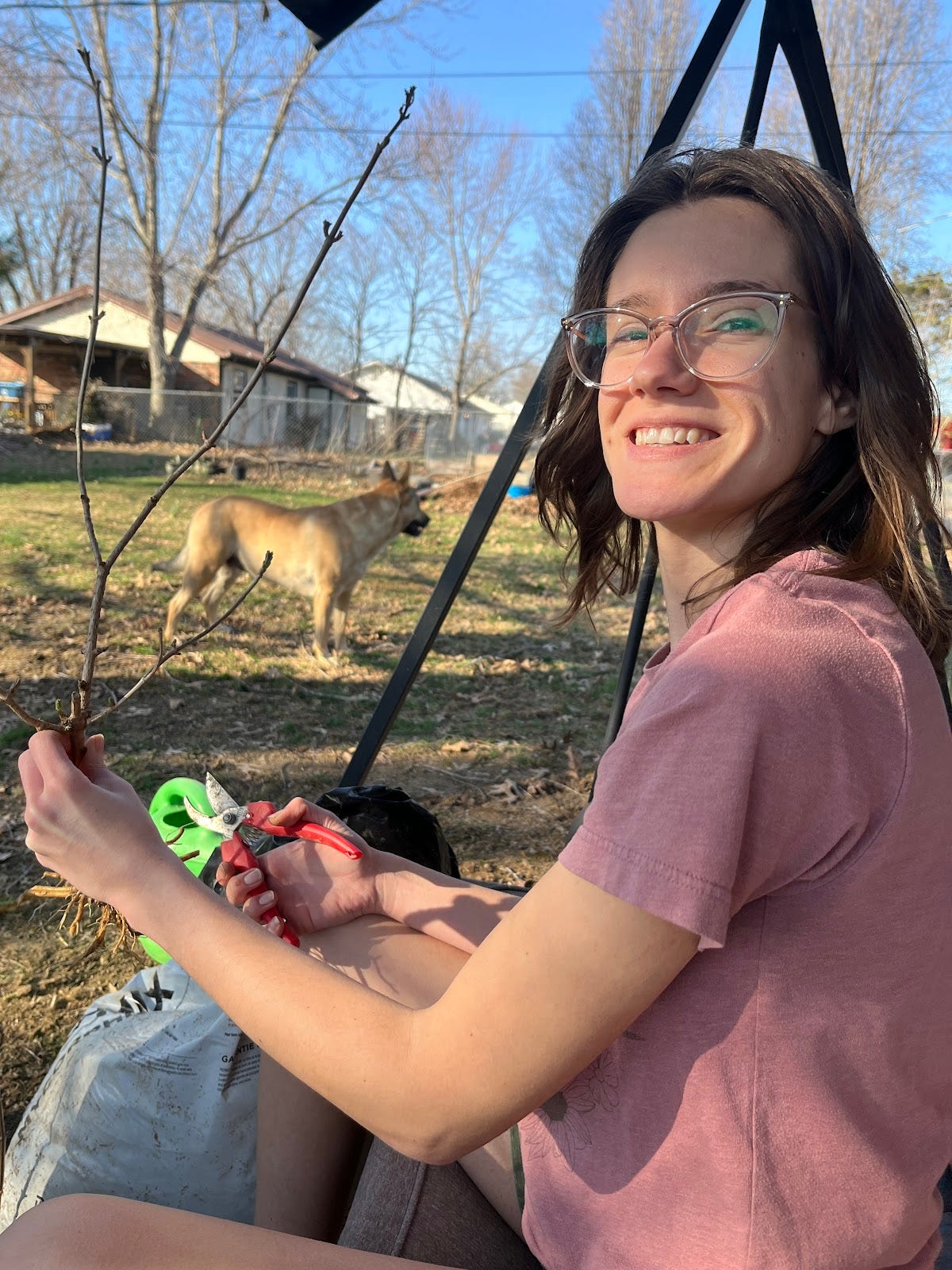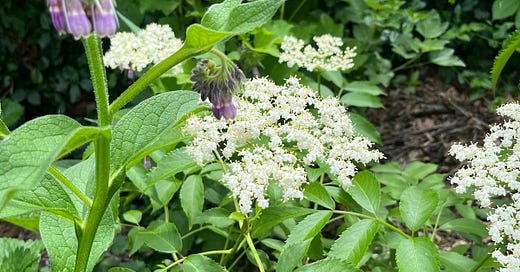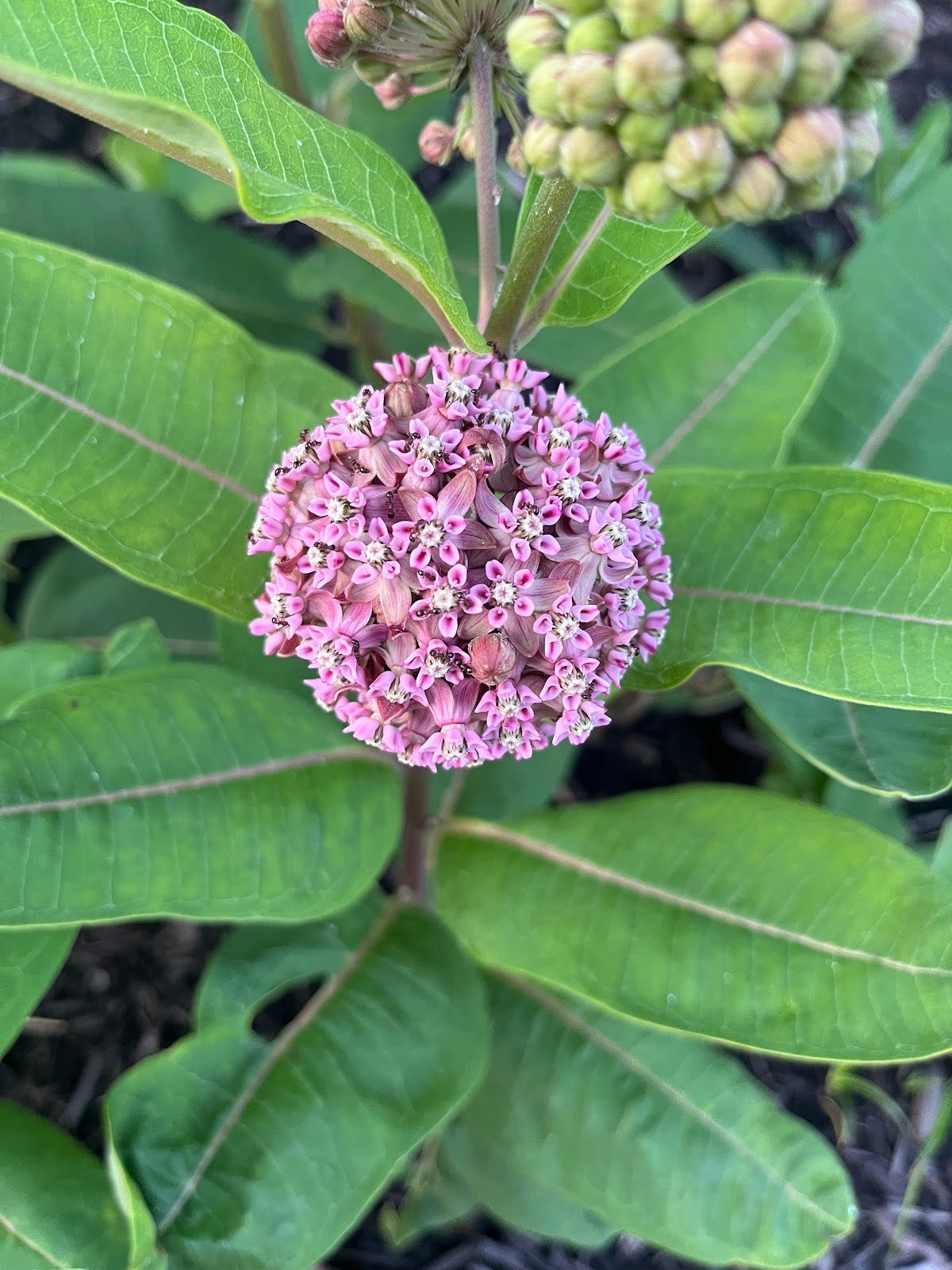Permaculture is more than a method of sustainable gardening—it's an ecological design system that integrates land stewardship, community resilience, and long-term sustainability.
Whether you're tending a backyard nursery or building a food forest, permaculture provides a framework to live in alignment with nature.
At the heart of permaculture are its ethics and principles. These guide our choices and designs, helping us create systems that are regenerative, not extractive.
This five-part newsletter series will explore these ethics and principles—starting with the foundational ethics.
In this first edition, we’ll dive into the Three Core Ethics of Permaculture:
Earth Care
People Care
Fair Share (also known as Return of Surplus)
But before we explore those, it's important to recognize the deeper roots of these ideas.
🌾 Acknowledging Ancestral Knowledge
While the term "permaculture" was coined in the 1970s by Bill Mollison and David Holmgren, the ethics and practices they described were not new. Indigenous peoples around the world—and especially those native to this continent—were practicing permaculture long before it had a name.
During European expansion into what is now North America, settlers often failed to recognize the Indigenous land management systems as agriculture. The fields they encountered didn’t follow the neat, monoculture rows common in Europe. Instead, they saw a “messy” landscape where plants grew together in complex, biodiverse patterns which were intentionally designed to mimic natural ecosystems.
These methods were intricate polycultures that built soil, preserved water, and supported wildlife. What looked unkept to the newcomer's eye was, in truth, a masterclass in ecological balance. It’s essential we honor these traditions and ecological systems as the foundation upon which permaculture stands now and into the future.
🌍 Earth Care – The Foundation of All Life
Earth Care means taking responsibility for the well-being of our planet—protecting soil, water, air, and all living beings. It asks us to move beyond doing "less harm" and into regenerating natural systems.
🌿 Key Practices:
Regenerative agriculture & composting
Water harvesting systems like rain barrels and greywater loops
Designing gardens that increase biodiversity—such as food forests and polycultures
Reducing fuel consumption and building resilience in the face of uncertainty

Whether you're planting native species in an urban yard or stewarding a multi-acre farm, Earth Care is about working with nature, not against it.
🧑🏽🤝🧑🏽 People Care – Nurturing Ourselves and Our Communities
People Care is about ensuring that everyone has access to life’s essentials—food, water, shelter, education—and that we build systems that foster health, fairness, and dignity.
🤝 People Care in Action:
Creating community gardens that feed neighbors and the community as a whole
Designing affordable, sustainable housing
Teaching and sharing skills freely
Building local support networks and cooperatives

Permaculture isn’t just about sustainability for the land—it must also promote impartiality and well-being for people. Healthy ecosystems and healthy communities should not be separate.
🔄 Fair Share – Returning the Surplus
Fair Share (sometimes called "Return of Surplus") is about fair distribution and recognizing limits to growth. When we have more than we need, we give back—whether to the Earth or to our communities.
♻️ Examples of Fair Share:
Sharing harvests or seeds with neighbors
Donating surplus food to local food banks
Turning organic waste into compost to nourish the soil
Practicing land use that regenerates rather than depletes
Fair Share reminds us that we are part of a greater whole, and that abundance grows when it's shared.
🌐 The Interconnected Ethics
These three ethics—Earth Care, People Care, and Fair Share—are not standalone ideas. They reinforce and support each other. A permaculture design that cares for the land but excludes groups of people is incomplete. A project that feeds people but degrades the Earth is unsustainable. All three ethics must work in balance.
In a world facing increasing natural disasters, ecological collapse, and growing economic imbalance, these ethics offer a compass to navigate agriculture forward for all.
🔍 Coming Next: The First Three Principles of Permaculture
In the next edition of our series, we’ll explore the first three of permaculture’s twelve design principles:
Observe and Interact
Catch and Store Energy
Obtain a Yield
These principles build on the ethical foundation we've just explored, helping us design systems that are efficient, resilient, and regenerative.
📚 Want to go deeper into the roots and ethics of permaculture? Here are a few recommended resources:
🌾 Braiding Sweetgrass by Robin Wall Kimmerer
A beautifully written reflection on the relationship between people and the natural world. Combining Indigenous knowledge with scientific training, Kimmerer shares stories and lessons from plants that encourage gratitude, respect, and thoughtful stewardship of the Earth.🌱 Permaculture: A Designer’s Manual by Bill Mollison
This is the foundational text of permaculture, offering a comprehensive guide to designing sustainable systems for living—covering everything from soil health and water management to energy use and community planning. Dense and detailed, it’s considered essential for anyone serious about permaculture design.🏡 RetroSuburbia by David Holmgren
A practical and inspiring look at how everyday people can apply permaculture principles in suburban settings. The book focuses on home food production, energy efficiency, and building stronger household and neighborhood systems that are better adapted to the challenges of the future.
Thank you for joining me in this journey of learning and unlearning. May your garden, your community, and your actions be rooted in care, connection, and abundance.
Until next time,
🌱 Travis






Clear and accessible article. Thank you!
Awesome